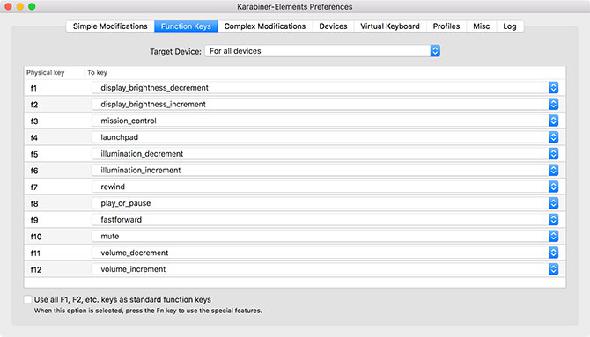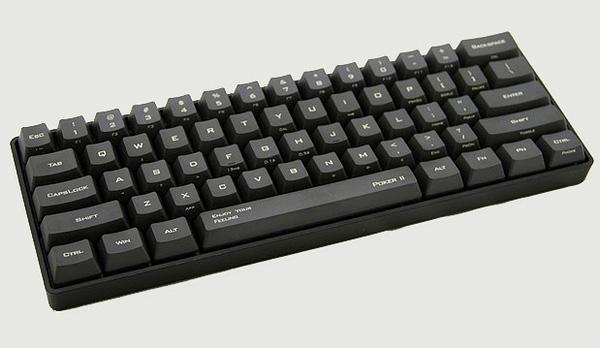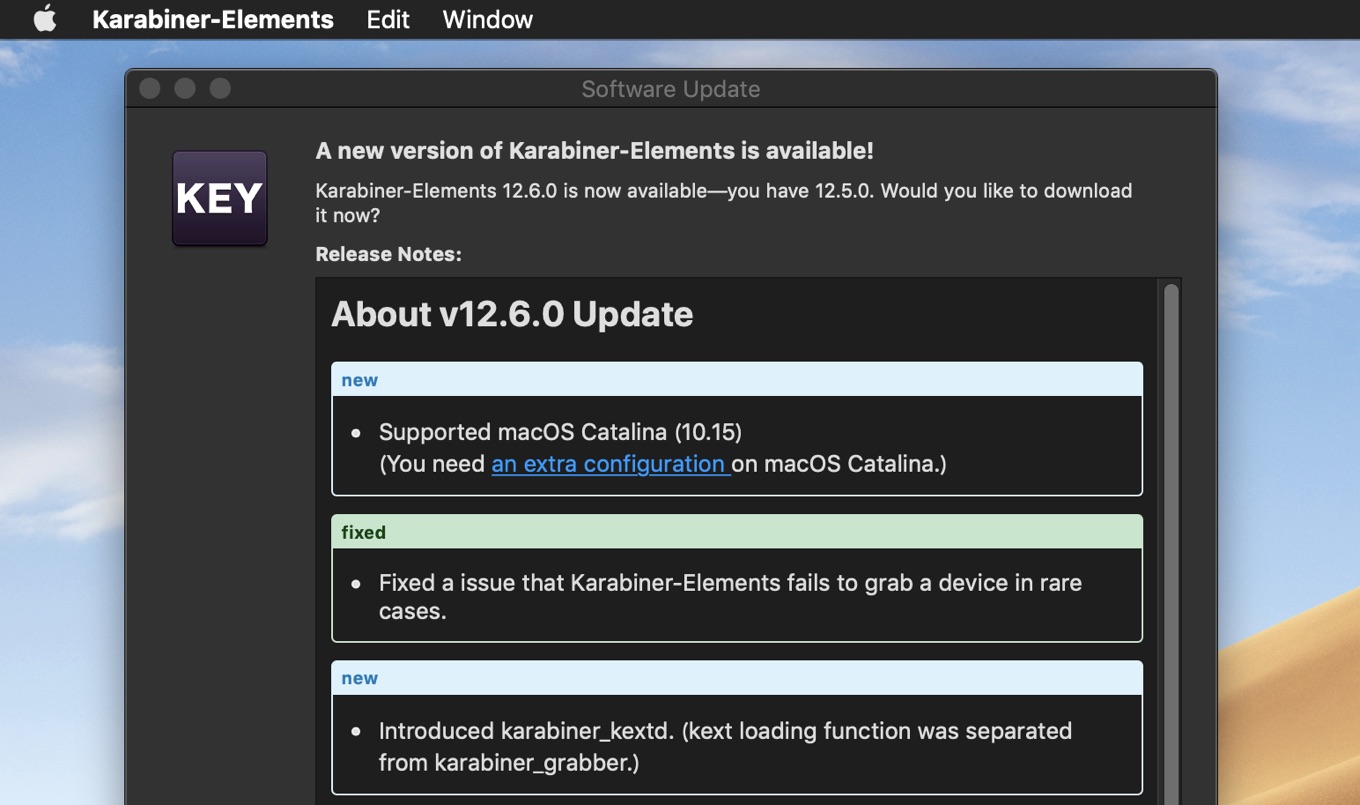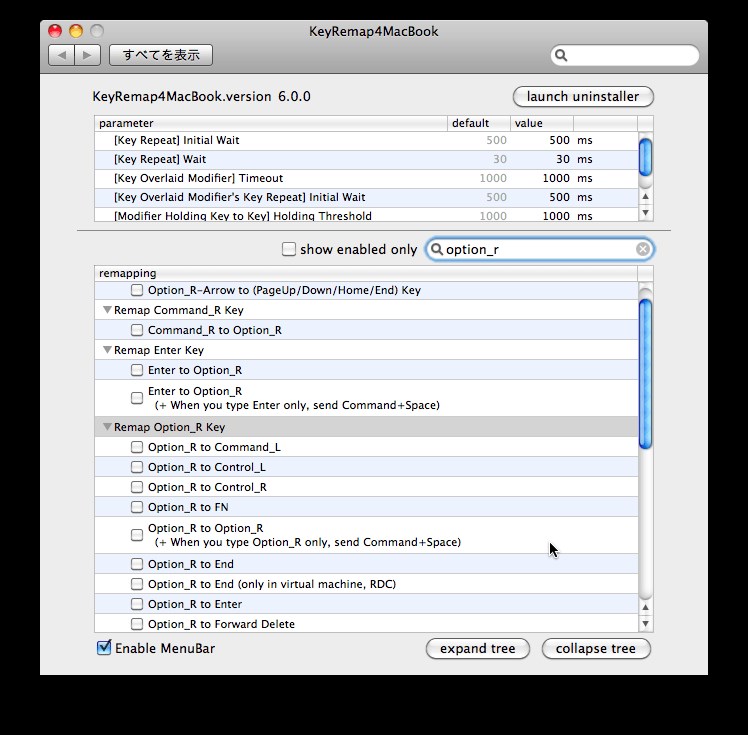

- #Karabiner elements profile for mac bluetooth keyboard install
- #Karabiner elements profile for mac bluetooth keyboard software
Here is an example: I: Bus=0005 Vendor=05ac Product=0239 Version=0050 The best way to do this is to run cat /proc/bus/input/devices and search for the associated bluetooth keyboard (the Phys output will have the MAC address). If you are using a bluetooth keyboard, you will need to locate the associated /dev/input/event as /dev/input/by-* only lists usb connected inputs. Within these two directories keyboard devices usually have a -kbd suffix.įor example, in my laptop, the path is /dev/input/by-path/platform-i8042-serio-0-event-kbd. These directories are /dev/input/by-id and /dev/input/by-path. Linux provides two convenient symlinks-filled directories to make the search process easier.

Input devices reside in the /dev/input directory. To set-up the defaults, you can follow these steps - # Asumming you've already cloned and cd`d into the ktrl projectįor ktrl to work, you have to supply it with a path to your keyboard's input device. Though, you can override these defaults with the -cfg and -assets cli arguments. Specifically, /opt/ktrl/cfg.ron and /opt/ktrl/assets. Now, it's time to decide where you'd like ktrl's assets and config to live.īy default, ktrl will assume you've placed these under /opt/ktrl. Note that'll need to reboot your machine for the changes to take effect. Now, let's add a new udev rule that'll allow ktrl to write to /dev/uinput. Let's get started - sudo useradd -r -s /bin/false ktrl Instead of running it as root, we'll make a new user for ktrl.

#Karabiner elements profile for mac bluetooth keyboard install
For Debian/Ubuntu distributions this can be done with # apt install libalsa-ocaml-devĪlthough a bit cumbersome, this step makes sure we can run ktrl without root privileges. Note: you may need to install alsa development bindings. Here's how you do that - cargo install ktrl Start off by grabbing the main ktrl executable. See the Capslock Ctrl example below for more on that. Though, aside from making your hacking session more musical, this feature as some very practical uses as well.įor example, it can help you build new muscle-memory connections using audible feedback. Audible FeedbackĮver wanted to bind your favorite 8bit tunes to your key-presses? Well, now you can! That's possible since Hyper is equal to pressing Ctrl+Alt+Shift+Win and Meh is the same as pressing Ctrl+Alt+Shift. Meh and Hyper are special modifiersįor creating keybindings that'll probably never conflict with existing ones. Meh and HyperĪgain, both of these were shamelessly taken from QMK. The key will act in one way if tapped once,Īnd will act differently if tapped multiple times. Tap-dancing is quite similar to Tap-Hold.

Tap-Hold keys let you do one thing when the key is pressed, and another thing when it is held.įor example, you can make your Spacebar act as normal when tapping, but serve as Ctrl when held. If that sounds confusing, I encourage you to head over to QMK's documentation about layers. Letting you design your own custom keyboard's layers! QMK takes this mechanism and generalizes it. Here's a taste of some of the major things you can do with ktrl - LayersĪlthough "layers" might seem like a foreign idea, it's something you're already very familiar with.Īfter all, you apply "layers" all the time by using modifier and function keys :) Features OverviewĪside from the obvious key remapping capability, These events are either transparently passed-on or transformed into ktrl's "Effects" (more on that later). This position allows ktrl complete control over the events your keyboard generates. It lives in userspace, between the kernel and your display server (a.k.a X11 / Wayland).
#Karabiner elements profile for mac bluetooth keyboard software
Ktrl sits right in the middle of the human-interface software stack. If you find any bugs or quirks please reach out to me. You can think of ktrl as an attempt to re-implement QMK as a Linux daemon. Ktrl is heavily inspired by the amazing open-source keyboard firmware project QMK. Or you can go all-in by creating a sophisticated layering setup with dual-function keys, tap-dancing, etc. You can dip your toes by remapping a few modifier keys (e.g CapLock to Ctrl). It aims to aid you in the never-ending quest of achieving the ultimate keybinding setup. Ktrl is a Linux keyboard programming daemon.


 0 kommentar(er)
0 kommentar(er)
